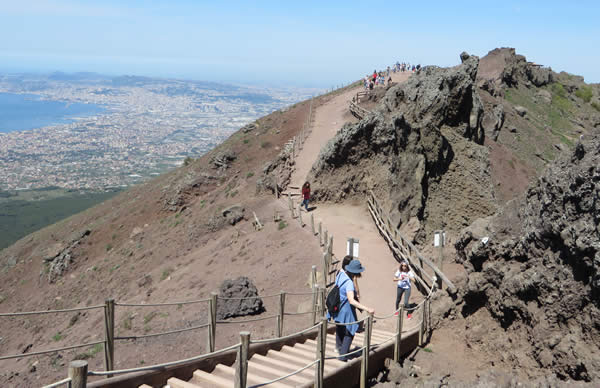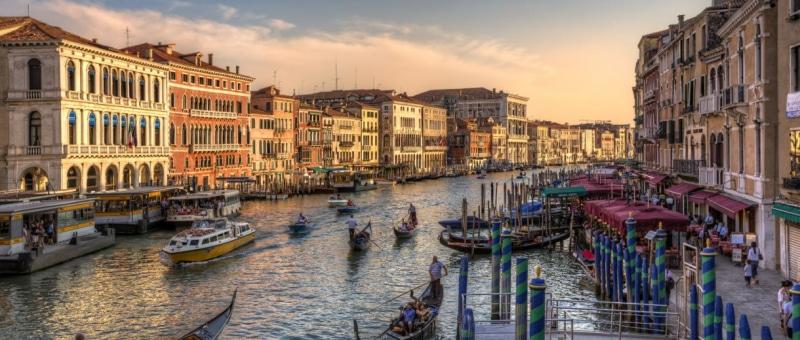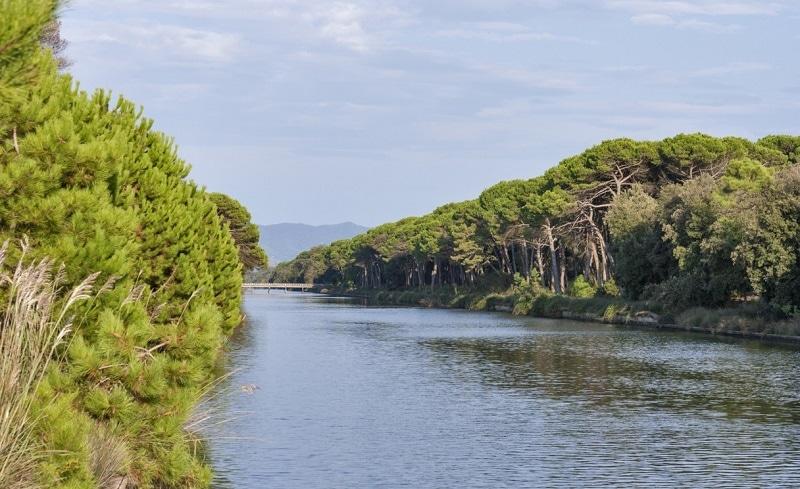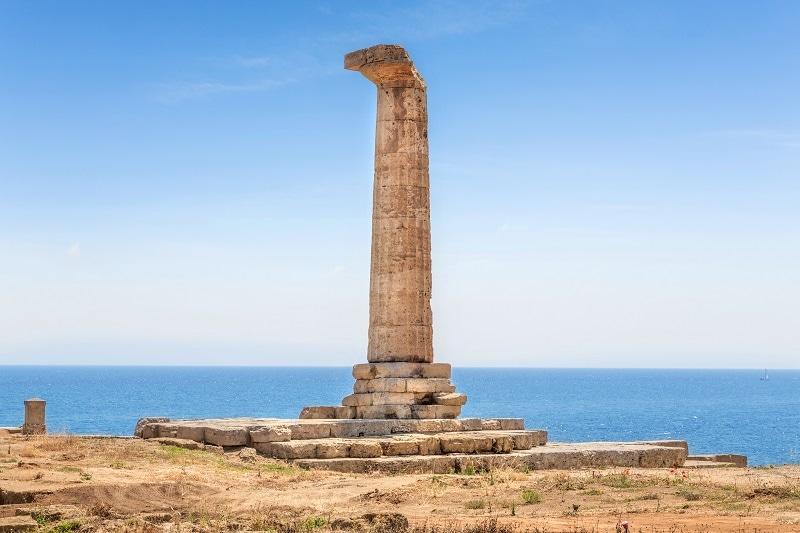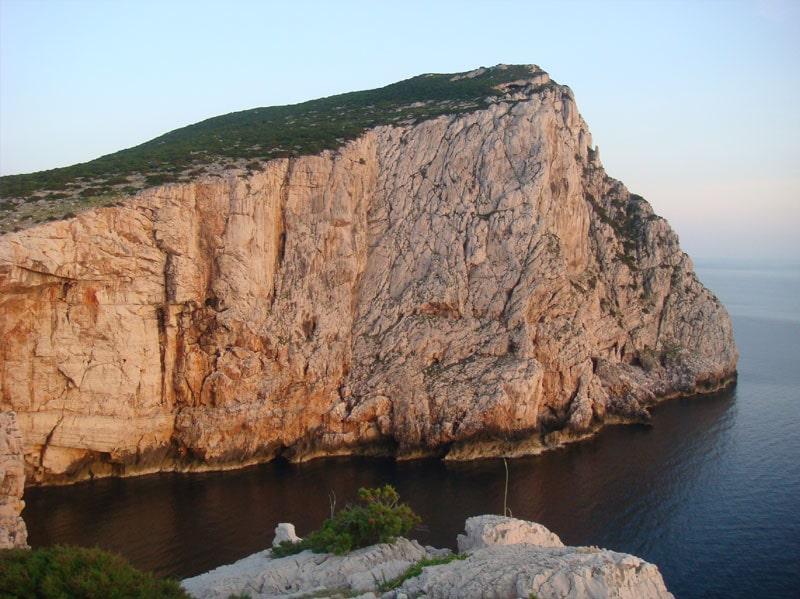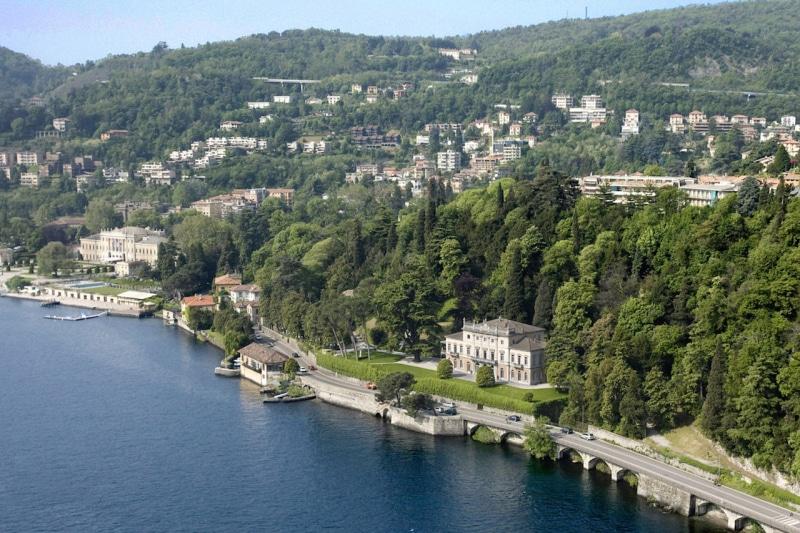NatureViews, Italy
Removed from Unnamed collection
Mount Vesuvius
Mount Vesuvius is famous as the volcano that erupted in Roman times (AD 79) and buried Pompeii.
The volcano is just 6 miles from the modern city of Naples and is a very popular visitor attraction with a lot of visitors coupling a half day at Pompeii with a visit to Mount Vesuvius. Mount Vesuvius is one of the world's most dangerous volcanoes. The volcano has an eruption cycle of about 20 years, but the last eruption was in 1944. Nevertheless, this doesn't stop thousands of tourists visiting the world-famous volcano every year.
Since 1995 the volcano has been a National Park. https://www.rometoolkit.com/whattodo/pompeii_vesuvius_bus.html
Map
Removed from Unnamed collection
Bardini Gardens
A city like Florence, well known for its amazing art collections, monumental architecture and rich historic past can sometimes have you forget about the natural beauty that abounds in the form of well maintained gardens and parks. And then, when you do think about them, it is places like Boboli Gardens, the colorful iris and rose gardens, and even the Botanical Garden in the city center that come to mind first.
The magical silence and stunning architecture in the Bardini Gardens seem to get lost in the crowd of places to visit while in Florence.
Virtually unknown, and many times almost deserted, this 4 hectare garden was recently restored to part of its original glory and is now slowly being rediscovered by the locals and guests to the city of Florence. First time visitors to the Renaissance city just might not have time to fit it into their already full itinerary; however, those who are coming back to Florence again should really find time to walk the grounds. In an hour you can stroll the entire garden easily and calmly, and that is what this garden deserves: time for a short stroll that will sooth your soul. https://www.visitflorence.com/florence-museums/bardini-gardens.html
Map
Removed from Unnamed collection
The Grand Canal
So called the “Canalazzo“, is the most important water way of Venice, about 3800 meters long, it splits the city in two sides..Venice from above looks like a big fish, not bad for a city on the sea! The Grand Canal it's like a thick dark line that creates a kind of "big S" inside the fish. http://venice-tourism.com/en/places/san-marco-district/grand-canal
Map
Removed from Unnamed collection
Natural Park Migliarino San Rossore
Just a few kilometres from the hubbub of tourists visiting Pisa and its splendid piazza dei Miracoli, there’s an island of nature that sits silently and far away from the changes of urbanization. We’re talking about the Migliarino, San Rossore and Massaciuccoli Nature Park, a protected site that includes wet areas, marshes, sand dunes and the large Lake Massaciuccoli, once an ancient salt water lagoon.
The San Rossore Estate is the most important environment in the park: hugged by the Serchio to the north and the Arno to the south, the area conceals dense pine groves and woodlands of deciduous trees from the old-growth forest. The estate’s accessible itineraries zigzags through dunes and tombolos, marshes and woods that hide a wealth of fauna and flora. https://www.visittuscany.com/en/itineraries/excursion-in-the-migliarino-san-rossore-and-massaciuccoli-nature-park/
Map
Removed from Unnamed collection
Cilento and Vallo di Diano National Park
Cilento e Vallo di Diano National Park is the second-largest park in Italy. It stretches from the Tyrrhenian coast to the foot of the Apennines in Campania and Basilicata, and it includes the peaks of Alburni Mountains, Cervati and Gelbison and the coastal buttresses of Mt. Bulgheria and Mt. Stella. The extraordinary naturalistic richness of the heterogeneous territory goes hand in hand with the mythical and mysterious character of a land rich in history and culture: from the call of the nymph Leucosia to the beaches where Palinuro left Aeneas, from the ruins of the Greek colonies of Elea and Paestum to the wonderful Certosa of Padula. And everything else you can find in such an unexplored territory.
The National Park of Cilento and Vallo di Diano houses many animal species. Their undisputed queen is undoubtedly the golden eagle that nests on the highest peaks. But other birds fly over the territory of the Park, including peregrine falcons, buzzards, sparrow hawk, owl and the owl. The territory is also inhabited by wolves, wild boars, foxes, martens, badgers, weasels and other mammals that bear witness to the progressive enrichment of the ecosystem of the Park of Cilento. https://www.livesalerno.com/cilento-national-park
Map
Removed from Unnamed collection
Path of the Gods
The Path of the Gods links Agerola, a small village over the hills of the Amalfi Coast, to Nocelle, a fraction of Positano which is located on the slopes of Monte Pertuso.
The name hints at the spectacle of the path: follow it in the direction that goes from Agerola to Nocelle so walking slightly downhill and get in front of the scenery of the Amalfi Coast and Capri.
The Path of the Gods starts from Bomerano, fraction of Agerola. To reach Agerola there are Sita buses leaving from Amalfi, ask the driver for the stop Bomerano. From there follow the road signs that will take you at the entrance of the path. The Path of the Gods can also be reached from Praiano but you have to face a long flight of steps to go from sea level to 580 meters high to the pass of Colle Serra. https://www.livesalerno.com/path-of-the-gods
Map
Removed from Unnamed collection
The Parks of Nervi
The Parks of Nervi are an important historical/nature complex formed from the combination of several gardens that once belonged to private villas: Villa Gropallo, Villa Saluzzo Serra, and Villa Grimaldi Fassio. Today, these villas belong to the City of Genoa and have been transformed into museums. http://www.visitgenoa.it/en/parchi-di-nervi-gropallo-serra-grimaldi-and-luxoro-villas
Map
Removed from Unnamed collection
Capo Colonna
Symbol of the city’s millenary history, the Doric column erected on the Capocolonna promontory (at about 13 km from the centre of Crotone) carries an echo of the splendour of the Magna Grecia period.
It is the only remaining column of the temple dedicated to the goddess Hera. Dating back to the 6th century B.C., it was one of the most important religious locations in Magna Gr�cia, upon which today stands Capocolonna Archaeological Park.
The Park is made of roughly 30,000 square meters of terrain allocated for excavations which brought to light the foundations of different buildings and domestic locations, along with 20 hectares of Mediterranean woods in which are present pleasant natural trails that lead from the museum to the column. http://www.portofcrotone.com/index.php?id=72
Map
Removed from Unnamed collection
Capo Caccia & the Marine Park
The promontory of Capo Caccia, also known as the Sleeping Giant, is the undisputed symbol of Alghero, standing just north of the town’s bay. These sheer cliffs, known paradise for climbing lovers, drop to very deep water providing fantastic views of the coast. Not to be missed is the breathtaking panorama from the cliff in front of the island of Foradada. http://www.algheroconcierge.com/places-of-interest/0/4/18/capo_caccia__the_marine_park.aspx
Map
Removed from Unnamed collection
Isolino Virginia
Isolino Virginia is one of the oldest pile-dwelling settlements in the Alps and was inscribed on UNESCO’s World Heritage List in 2011 as part of a serial property known as the “Prehistoric pile dwellings around the Alps”. The tiny islet is home to a LIPU (the Italian Society for the Protection of Birds) sanctuary that acts as a stopover for many species of migrating birds, and attracts many visitors as there is so much to see and do. As the area around Lake Varese has a long tradition of marvellous cuisine it also has many traditional restaurants and eateries serving local produce, and Isolino Virginia is no exception – a meal at the islet’s restaurant is a memorable experience. Tourists come to admire Lake Varese’s wonderful sights and culture and small boats ferry them to and from the islet from different points of the lake depending on the time of day. http://www.vareseturismo.it/en/blog/isolino-virginia
Map
Removed from Unnamed collection
Chilometro della Conoscenza
Culture and nature promenade across beauty, innovation and Como's treasures. A path through Villa Olmo, Villa del Grumello and Villa Sucota where art initiatives grow. A place to meet and "breathe" culture for citizens and tourists. http://www.visitcomo.eu/en/discover/parks_villas/parks/chilometro_conoscenza/index.html
Map
Removed from Unnamed collection
Arcipelago di La Maddalena National Park
The National Park covers - including land and marine areas - 20,180 ha, with a coastal development of 180 kilometers. La Maddalena, mother island and capital of the homonymous Archipelago, is the Park gateway. It is the one and only inhabited island, except for the village of Stagnali in Caprera Island and the settlements of Santa Maria. http://www.parks.it/parco.nazionale.arcip.maddalena/Epun.php
Map
Removed from Unnamed collection
Mont Avic natural park
The Mont Avic natural park was established in 1989 to preserve the resources ofthe high valley of Torrente Chalamy (Champdepraz); in 2003, a part of the great valley of Dondena was also included in the protected area, reaching up as far as the mountain ridges of the Val Soana and the Valle di Cogne. http://www.lovevda.it/en/nature/mont-avic-park
Map

